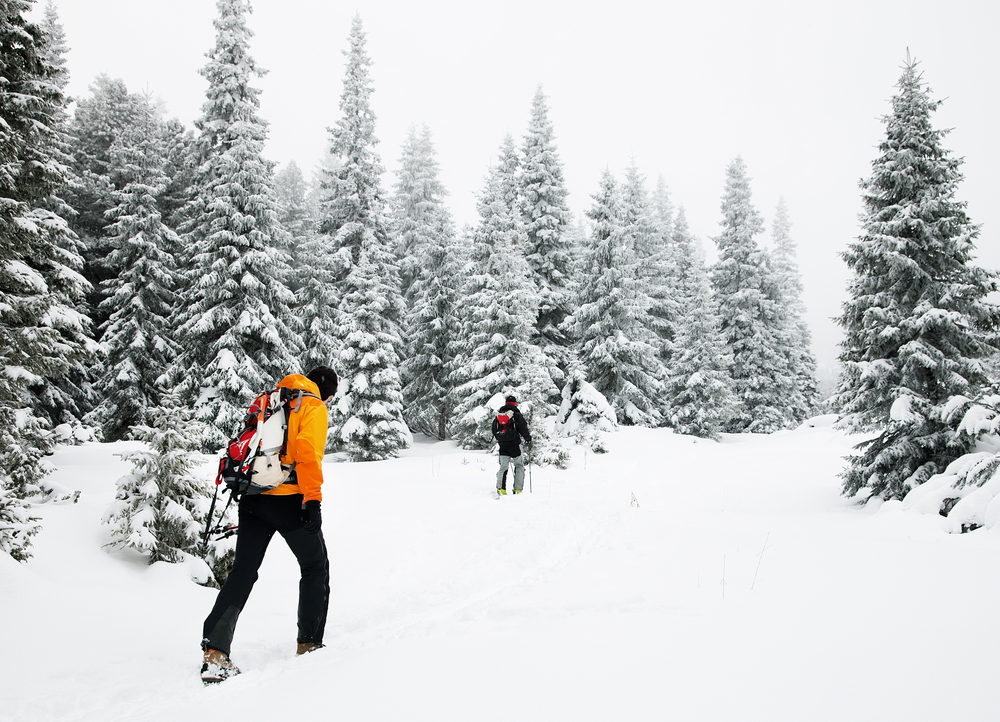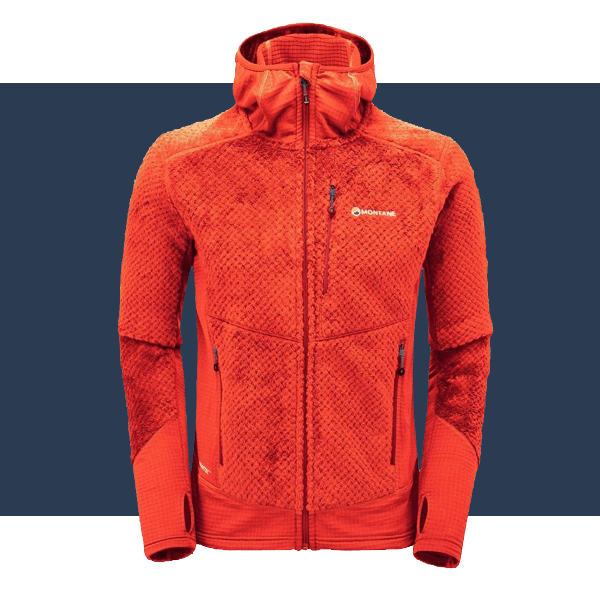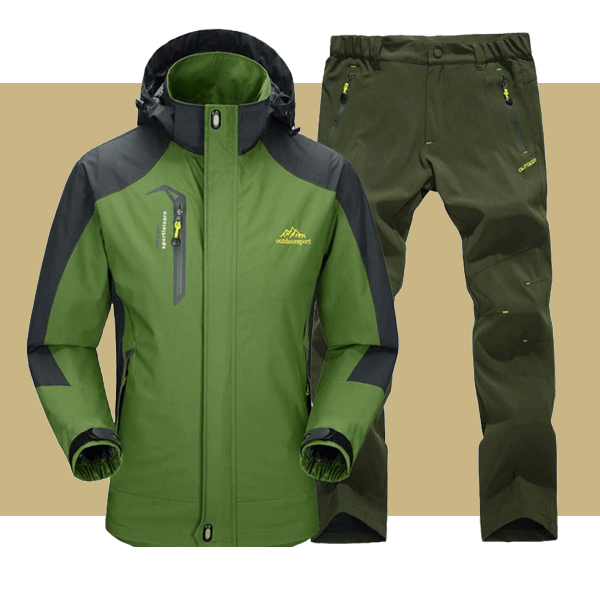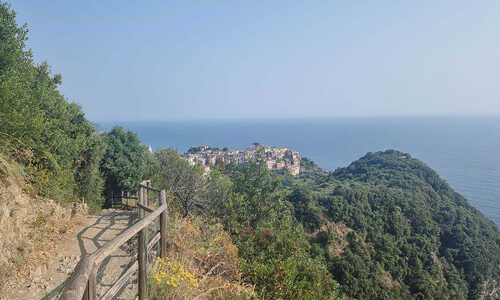21/11/2023
Venturing out into the winter wilderness for a trek can be an exhilarating experience, but it also demands proper preparation, especially when it comes to clothing. Layering is not just a way to keep warm; it's a critical strategy for regulating body temperature and staying comfortable in varying winter conditions. Here's your essential guide to the best winter layers for trekking.
The Art of Layering
Layering for winter trekking involves three main types of layers: the base layer, the mid-layer, and the outer layer. Each has a specific function, working in harmony to protect you from the cold, wind, and wet conditions.

1. Base Layer: Your Second Skin
The base layer is all about moisture management. It sits right against your skin and is designed to wick sweat away, keeping you dry. Look for materials like merino wool or synthetic fabrics – avoid cotton, as it retains moisture, which can lead to a rapid loss of body heat.
Ideal Base Layer Features:
Lightweight and breathable
Quick-drying
Snug fit but not restrictive

2. Mid-Layer: Insulation is Key
The mid-layer is your primary insulating layer, trapping body heat to keep you warm. Fleece, down, or synthetic insulation materials are popular choices. The thickness of this layer can be adjusted based on the temperature and your activity level – the colder it is, or the less active you are, the thicker your mid-layer should be.
Choosing a Mid-Layer:
Consider a fleece for mild conditions.
Opt for a fleece and a lightweight down or synthetic jacket in colder conditions.


3. Outer Layer: Shield Against the Elements
The outer layer, or shell, protects you from wind, rain, and snow. Look for jackets that are waterproof and windproof yet breathable. A good shell jacket can make a huge difference, especially in harsh weather conditions.
Features of a Good Outer Layer:
Waterproof/Breathable fabrics
Durable
Hooded for extra protection

Additional Layering Tips
Accessorize Wisely: Don’t forget hats, gloves, and socks. Wool or synthetic materials are best for these items as well.
Avoid Overdressing: Overlayering can cause excessive sweating, which can lead to chills. Start cool and adjust as needed.
Stay Flexible: Conditions can change rapidly. Wear layers that are easy to put on and take off.
Protect Your Extremities: A significant amount of body heat is lost through the head, hands, and feet. Quality gloves, insulated boots, and a warm hat are critical.
Keep your feet dry: Make sure you have good waterprrof boots, gaiters are a great idea to stop water, mud and snow getting into your boots.

Mastering the art of layering is essential for any winter trekker. It's about balancing warmth, breathability, and protection from the elements. Remember, the goal is to stay warm, but not so warm that you sweat heavily, as this can lead to rapid cooling. With the right layers, your winter trekking experience can be warm, comfortable, and thoroughly enjoyable. Happy trekking!




